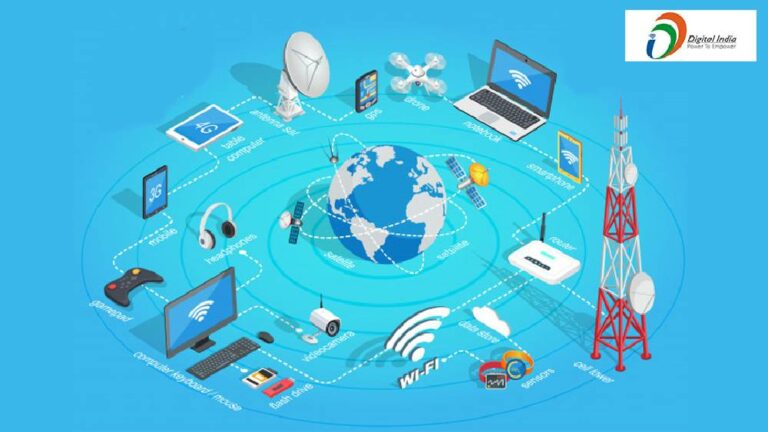Last year in October, the Prime Minister declared that in the last eight years, India has leaped from the eighth spot in terms of economic size to the fifth spot. In fact, if we look back a little further, to 2010, the country was at the 9th place. So, yes, the rise has been swift and steady.
Of course if we go back still further, to the 17th century, India was at a completely different economic place. Various sources report that the country accounted for around 25% of world GDP. But all that is now history and what could be the moot question is: From where we are right now, how long will it take for India to become the largest economy in the world?
First, let’s take the conventional route, which makes predictions based on current data and past trends. The IMF predicts that the Japanese and German economies will grow to $5.2 trillion and $4.9 trillion each by 2027 while India is expected to grow to $5.4 trillion, at current prices. At the same time, by 2027, the Chinese and US economies are likely to grow to $26.44 trillion and $30.28 trillion, respectively. So that’s still a significant gap.
The IMF goes on to say that if India has to reach the No. 1 spot by the time it completes 100 years of independence, i.e. by 2047, it will have to grow at 14% per annum. That sounds like a tall order even though India did achieve an annual average growth rate of around 14% or even higher during 2006-2011.
However, these projections are based on very traditional assumptions, which use linear growth rates in various variables. But fortunately for India, digital technology is a game changer. Revolutionary technology has the ability to catapult countries to completely different growth trajectories, enabling them to altogether skip expected growth phases and leap ahead.
Let’s take for instance the monetary payment system. When ATMs were installed in the developed world, banking blazed ahead. Automated Teller Machines were literally dubbed Any Time Money machines as they made cash withdrawals, a primary function of the banking sector, available 24X7. This meant that people had access to their money on tap and the volume of transactions in the economy increased considerably. At that time, it seemed impossible for India, with its teeming millions, to catch up with the ‘ATMs per 100000 adults’ ratio of the west. But digital technology intervened in the form of online payments. The advent of digital payments through mobile wallets made the need for more ATMs unnecessary and India could quickly become the country with the largest number of cashless transactions in the world in 2020. It leapfrogged over the west in this arena.
Now let’s look at a hypothetical example of digital education and how it could enable India to leapfrog ahead in terms of knowledge sharing and skilling. Currently, developed countries enjoy a clear advantage over India as they have a higher teacher to student ratio and more educational institutions per adult already in place. Despite spending around 2.9% of GDP on education (Economic Survey 2022-23), India is lagging far behind. But this could change very rapidly with new age technologies that eliminate the need for more teachers and better physical institutions. Virtual education could be even more powerful and focused in its mission to inform and skill youth than the previous systems of education, enabling India to educate its students en mass. With relatively few excellent teachers (who could have their origins anywhere in the world) and technology like AI, AR/VR, perhaps India could prepare its youth for the future more effectively than it could by opening more institutions and hiring more teachers.
In the business domain in India, particularly for MSMEs, new age technology has kicked off a revolution by enabling financial inclusion. It has dissolved entry barriers, such as credit histories, and simplified access, cash-flow-matching and other operational challenges. However, this trend is still at a very nascent stage as the ecosystem of NBFCs, fintech companies, digital banking, and mobile financial services is still coming together. As it builds up and grows, it is creating new opportunities for MSMEs to access financing. Once this ecosystem gains critical mass, it could enable MSMEs in India to leapfrog ahead of their counterparts in the rest of the world, in terms of what they deliver towards growth and development. The multiplier effect which begins to unfold in this segment of the economy, due to its immense potential to create employment, generate incomes and drive consumption, amongst various other social benefits, could enable India to claim the No. 1 spot well ahead of current predictions.





















